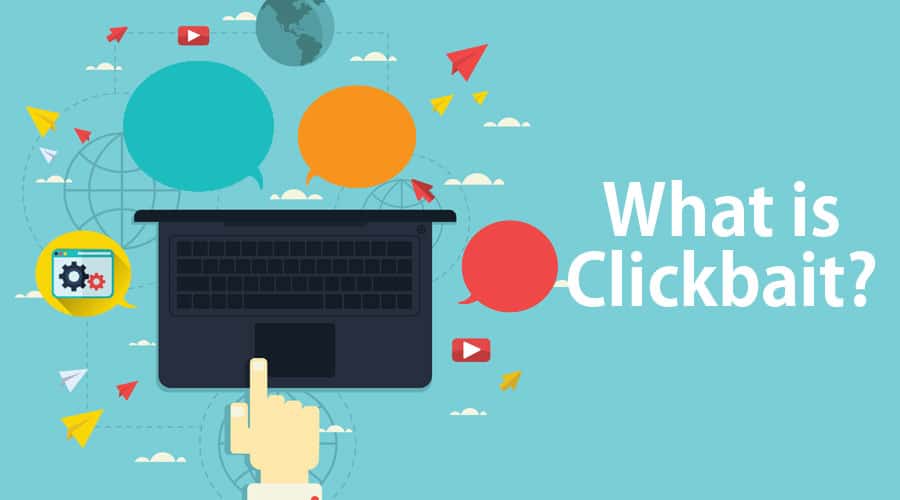When answering the question of what clickbait is, the focus is on the curiosity of the user. Because it is intended to entice you to click on a link
What is clickbait? What’s behind it
Clickbait is everywhere on the Internet. However, you often don’t notice this directly, but follow the target of the clickbait automatically.
- Clickbait is a type of online content that is designed to attract the attention of users and entice them to click on a link. This can be an article or a video.
- The term is a combination of the words “click”, which means click, and “bait”, which means bait. Clickbait usually consists of lurid headlines, exaggerated claims or provocative images to arouse curiosity.
- The main goal of clickbait is to increase clicks to generate advertising revenue or increase the visibility of a website. While it can be effective in generating traffic, it can also undermine user trust if the content does not live up to the expectations raised by the headline.
What clickbait is explained with examples
Clickbait takes place exclusively online. Although promising headlines can also be found in print media, such as magazines, clickbait is intended to result in clicking on a link. In YouTube videos that use clickbait, the thumbnail is also often used to support the clickbait. Exciting emojis underline the effect.
- Clickbait can promote sensationalism, for example. This involves headlines that evoke strong emotions, such as shock, anger or curiosity. For example: “You won’t believe what happens next!” or “No one would have expected this “
- In articles in particular, people often work with incomplete information. Information is often withheld in order to persuade the user to click. For example: “This simple trick will change your life.” or “You didn’t know this about Rihanna. “
- Clickbait always goes hand in hand with exaggeration. These are usually claims that are exaggerated or misleading. Example: “The best diet secret that doctors don’t want you to know!”
- Headlines that hint at an interesting detail but don’t reveal what it is can increase click rates. This is because you have to click on the link to get the answer. This could be: “He did this and the result was incredible!” or “Nobody expected this secret from Til Schweiger!”
Effects of clickbait
Clickbait is widespread on the Internet, but should be viewed critically. This is because it has a number of effects, not only on the respective content, but also on algorithms and the relationship between content creator and viewer.
- Clickbait is often accompanied by disappointment and frustration. Users who click on lurid headlines and then discover that the content does not meet their expectations often feel disappointed and betrayed. This can lead to a loss of trust in the source
- Clickbait tactics use almost exclusively emotional stimuli to generate clicks. This can cause readers or viewers to become unnecessarily stressed, frightened or angry.
- Search engines, such as Google, also regularly adjust their algorithms to prioritize high-quality content. The algorithms are specifically trained to recognize clickbait. This may limit the reach of the brand

